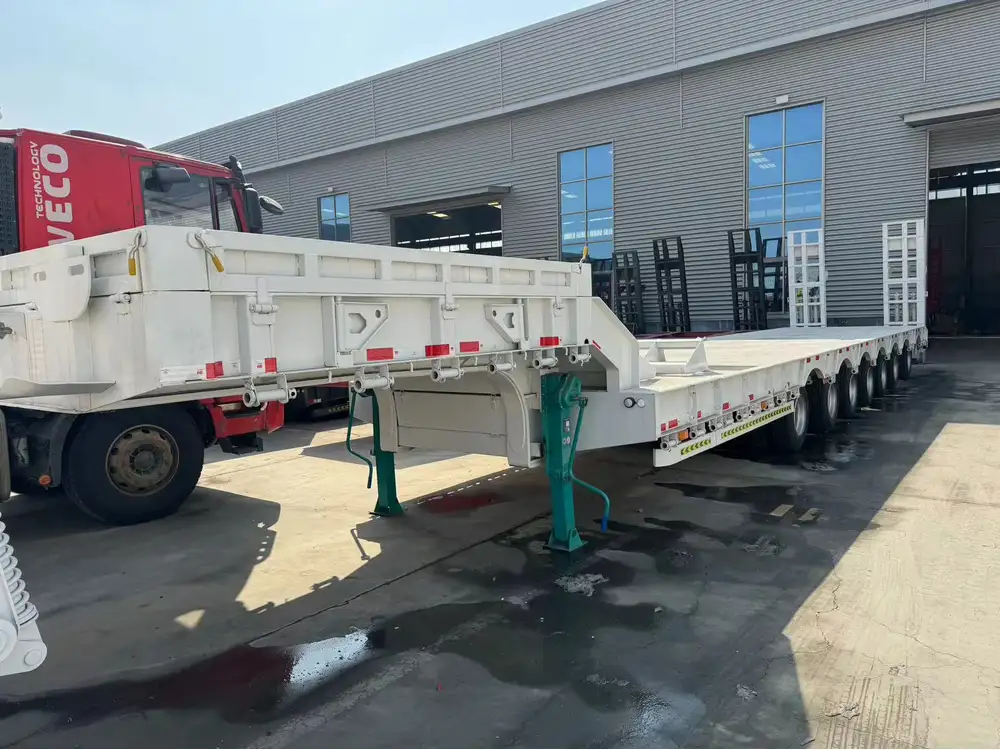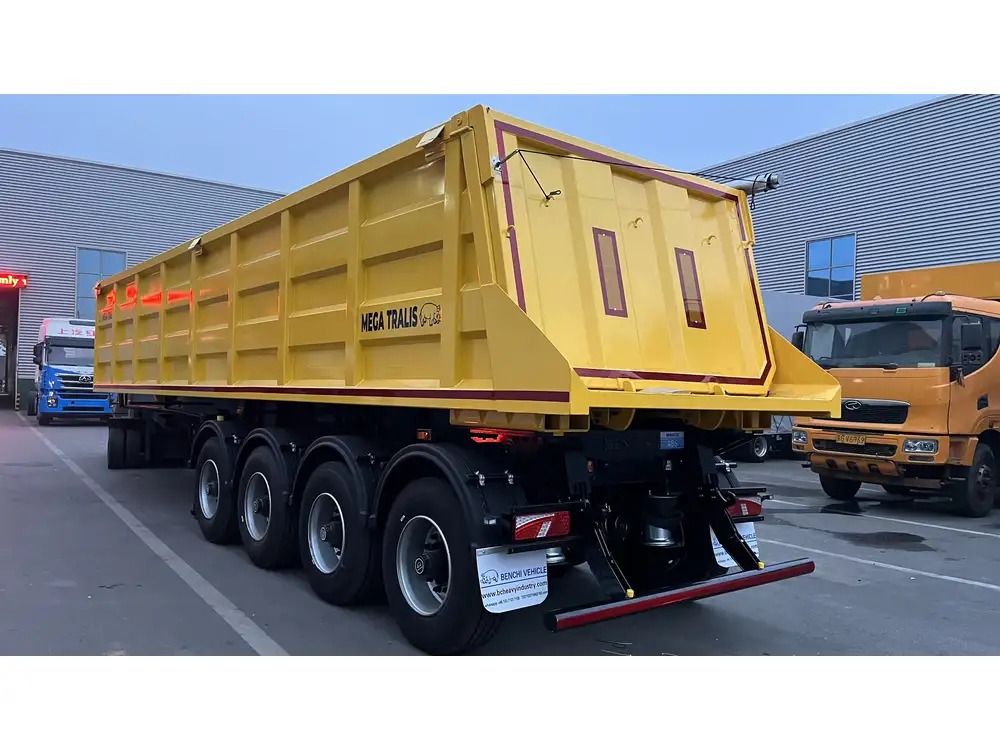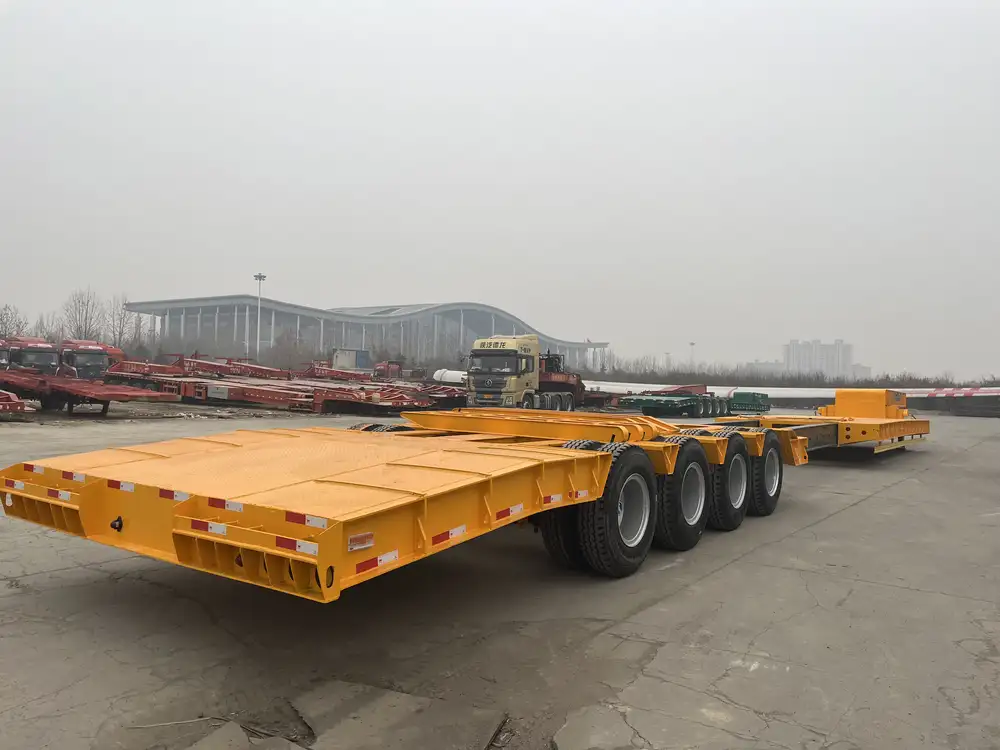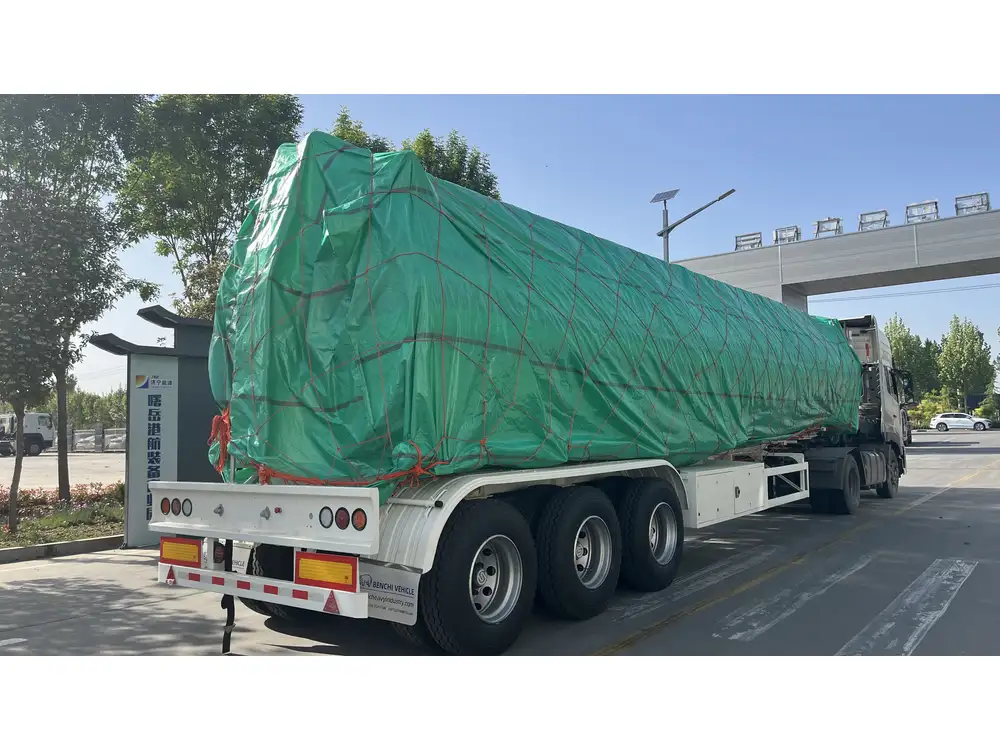In the transportation industry, understanding the nuances of semi-trailer brake systems is crucial. Properly adjusting the brakes not only ensures safety but also enhances the longevity of the vehicle components. This guide aims to provide a thorough understanding of how to back off semi-trailer brakes effectively, addressing various aspects from the mechanics behind the system to step-by-step instructions, potential issues, and troubleshooting tips.
Understanding Semi-Trailer Brake Systems
Before diving into the specifics of backing off semi-trailer brakes, it is essential to understand the basic components and functionality of these systems.
Main Components of Semi-Trailer Brake Systems
- Air Compressor: This component generates the compressed air required to operate the brake system.
- Brake Chambers: These are air-actuated units that convert air pressure into mechanical force, applying the brakes.
- Slack Adjusters: They adjust the distance between the brake pad and the drum, compensating for wear.
- Brake Shoes and Drums: These are the friction surfaces that slow down or stop the trailer.
- Brake Lines: These transport compressed air from the compressor to the brake chambers.

Types of Brake Systems
Semi-trailers commonly utilize two types of brake systems:
- Air Brakes: Particularly prevalent in heavier vehicles, air brakes rely on compressed air for operation.
- Electric Brakes: Often seen in lighter trailers, these utilize an electric current to activate the braking mechanism.
Reasons for Backing Off Semi-Trailer Brakes
Backing off the brakes involves adjusting the tension on the brake shoes to ensure proper function. Reasons for backing off the semi-trailer brakes include:
- Preventing Over-Adjustment: Over-adjustment can lead to premature wear of brake pads and drums.
- Ensuring Smooth Operation: Correctly set brakes facilitate smoother engagement and disengagement.
- Mitigating Heat Build-Up: Excessive friction leads to heat accumulation, which can harm the brake system.
- Extending Component Life: Proper adjustment helps in prolonging the lifespan of brake components.
Step-by-Step Instructions: How to Back Off Semi-Trailer Brakes

Tools Needed
Before beginning, ensure you have the following tools at your disposal:
- Brake adjustment wrench
- Torque wrench
- Safety gloves
- Eye protection
- Flashlight or work light
Safety Precautions
- Ensure the trailer is on level ground and securely parked with wheel chocks in place.
- Verify the air system is depressurized before commencing work.
- Always wear protective gear to guard against potential hazards.
Step 1: Locate the Brake Chambers
Start by identifying the brake chambers on both sides of the trailer. Each wheel will typically have its own brake chamber, usually mounted on the axle.

Step 2: Inspect the Slack Adjusters
- Visual Inspection: Check each slack adjuster to ensure it’s not damaged or corroded.
- Manual Check: Pull the lever on the slack adjuster to see if it engages smoothly. If it feels stiff or stuck, it may need replacement.
Step 3: Adjusting the Slack Adjusters
- Locate the Adjustment Mechanism: On most semi-trailers, the adjustment mechanism is located at the end of the slack adjuster arm.
- Use the Brake Adjustment Wrench: Insert the wrench into the adjustment slot and turn it. Adjust clockwise to tighten and counterclockwise to back off.
- Measure the Brake Gap: Follow your manufacturer’s specifications for the ideal brake gap (commonly 1/4 inch to 1/2 inch).
Step 4: Test the Adjustment
- Engage the Brakes: Press the brake pedal and release. The brakes should engage smoothly without grabbing.
- Check Wheel Movement: Rotate the wheels manually. They should spin freely with a slight drag when brakes are applied.

Step 5: Final Inspection
- Recheck the Slack Adjusters: Inspect each for proper adjustment.
- Check Connections: Ensure all air lines and brackets are secure and not leaking.
Step 6: Document the Adjustment
Keep a detailed log of your maintenance efforts. Noting the date, what adjustments were made, and the condition of the brake components can prove invaluable for future reference.
Common Issues and Troubleshooting Tips

Issue 1: Brakes Draging
Symptoms: The wheels resist rotation even when brakes are disengaged.
Solution: Check slack adjusters and ensure they are not overly tightened. Inspect the brake chambers for malfunctions.
Issue 2: Uneven Brake Wear
Symptoms: One set of brake pads wears down faster than others.
Solution: Inspect brake chamber adjustments on both sides, ensuring they are correctly calibrated. Look for damage or obstruction in the brake lines.
Issue 3: Excessive Brake Shoe Wear
Symptoms: Reduced braking efficiency, increased stopping distance.
Solution: Document brake adjustments and replace worn components promptly. Always check for proper lubrication on moving parts.

Issue 4: Air Leak
Symptoms: Loss of braking power and inconsistent brake response.
Solution: Inspect all air lines and fittings for cracks or loose connections. Replace damaged parts immediately and ensure the air reservoir is functioning correctly.
Importance of Regular Maintenance
Regular maintenance is the linchpin in ensuring the optimal functionality of semi-trailer brake systems. Undergoing periodic inspections allows for the early detection of problems and effective resolution, mitigating the risk of failures, accidents, and costly repairs.
Maintenance Checklist
| Maintenance Task | Frequency | Notes |
|---|---|---|
| Visual Brake Inspection | Monthly | Look for wear, damage, or leaks. |
| Brake Fluid Levels | Monthly | Ensure proper air pressure and check for moisture. |
| Slack Adjuster Check | Bi-Monthly | Confirm they are set correctly. |
| Brake Pad Replacement | As Needed | Replace when nearing end-of-life indicators. |
| Air Chamber Functionality | Bi-Annually | Inspect and test for proper operation. |

Conclusion
Understanding how to back off semi-trailer brakes is an essential skill for operators and maintenance personnel alike. By following the detailed instructions provided in this guide, users can ensure their braking systems function correctly, enhancing safety and performance while prolonging the lifespan of trailer components. Regular assessments, adjustments, and a commitment to maintenance serve as the foundations for a reliable semi-trailer operation.
With diligence and adherence to best practices, the braking system can serve as a robust guardian of safety on the road — a critical consideration for all involved in the heavy transport industry.



